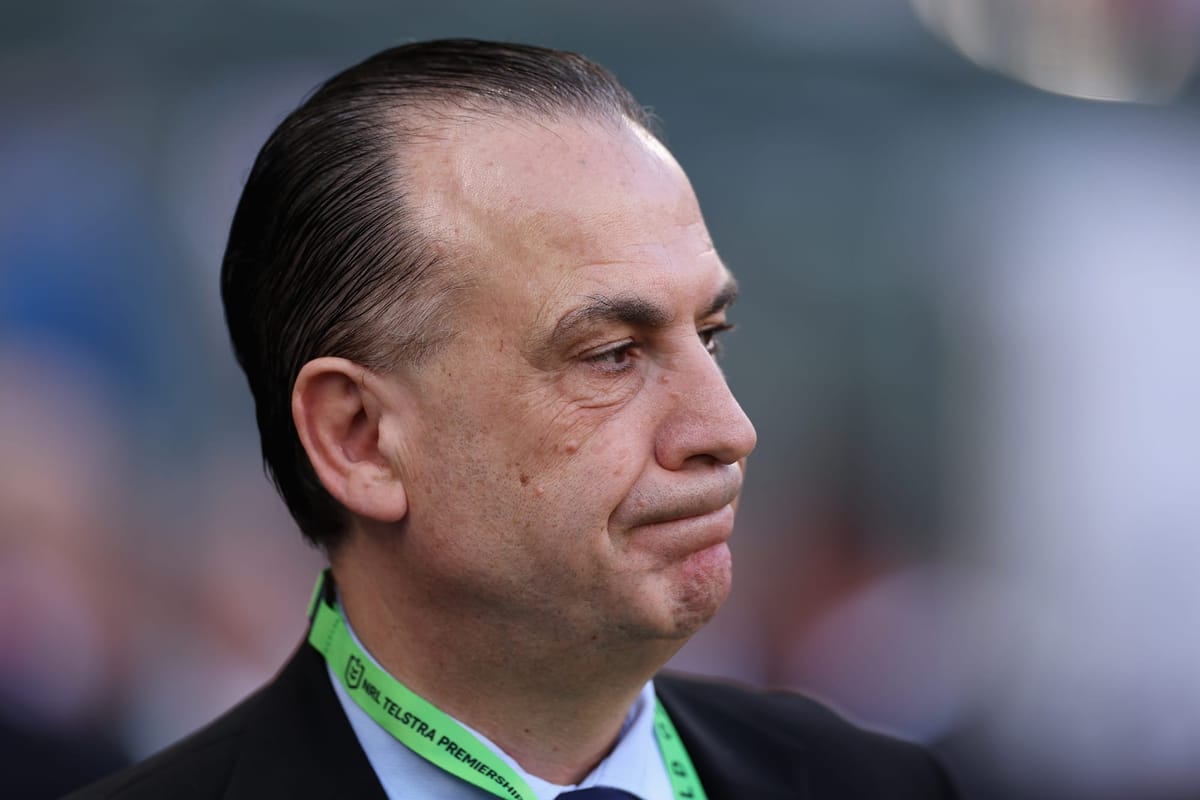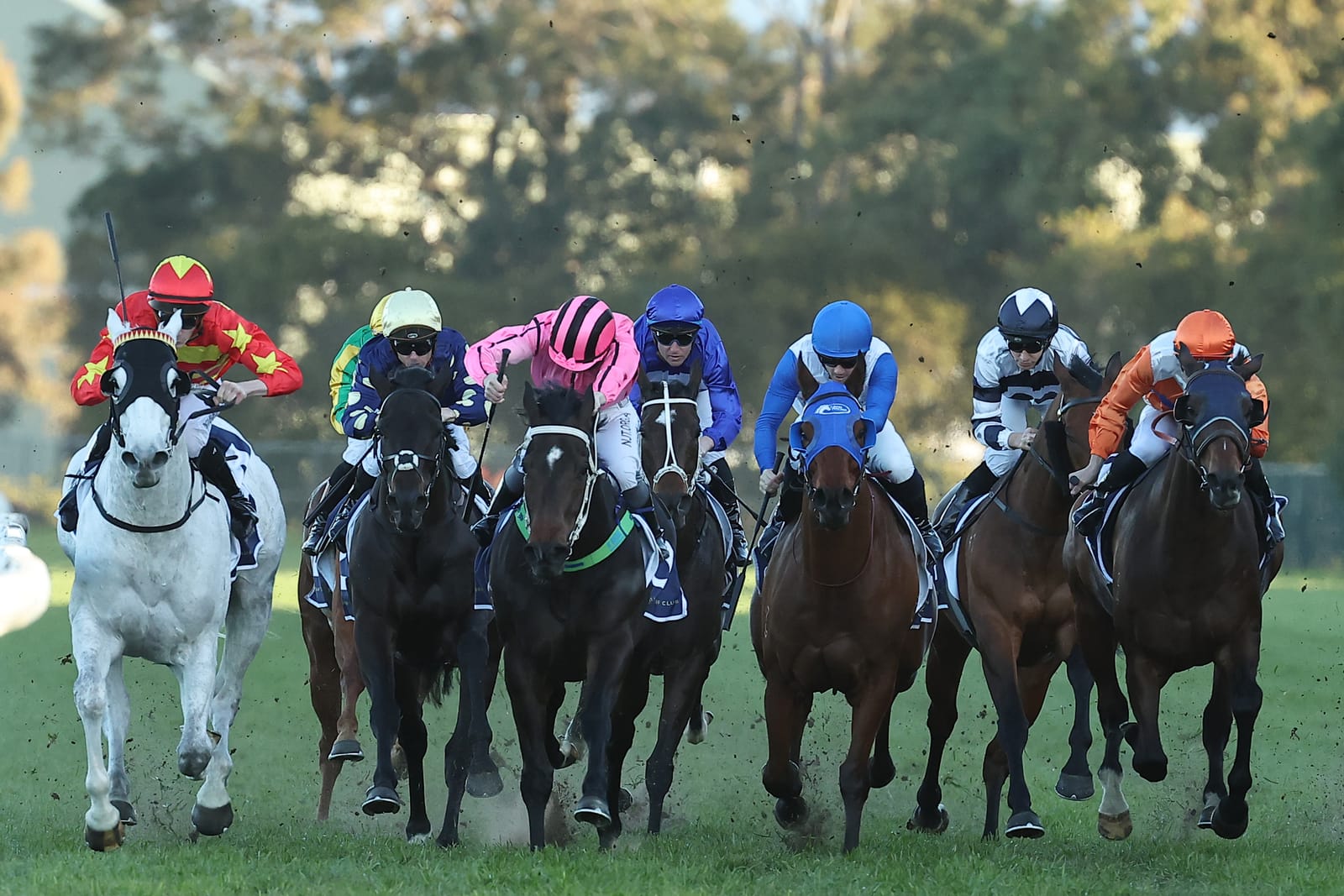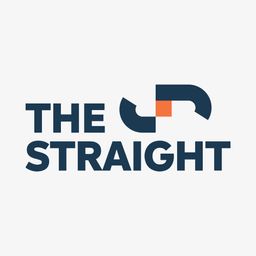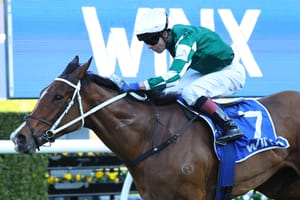Racing NSW has identified the rising cost of racehorse ownership and a need to further incentivise the breeding industry as critical issues that threaten the viability of thoroughbred racing in the state.
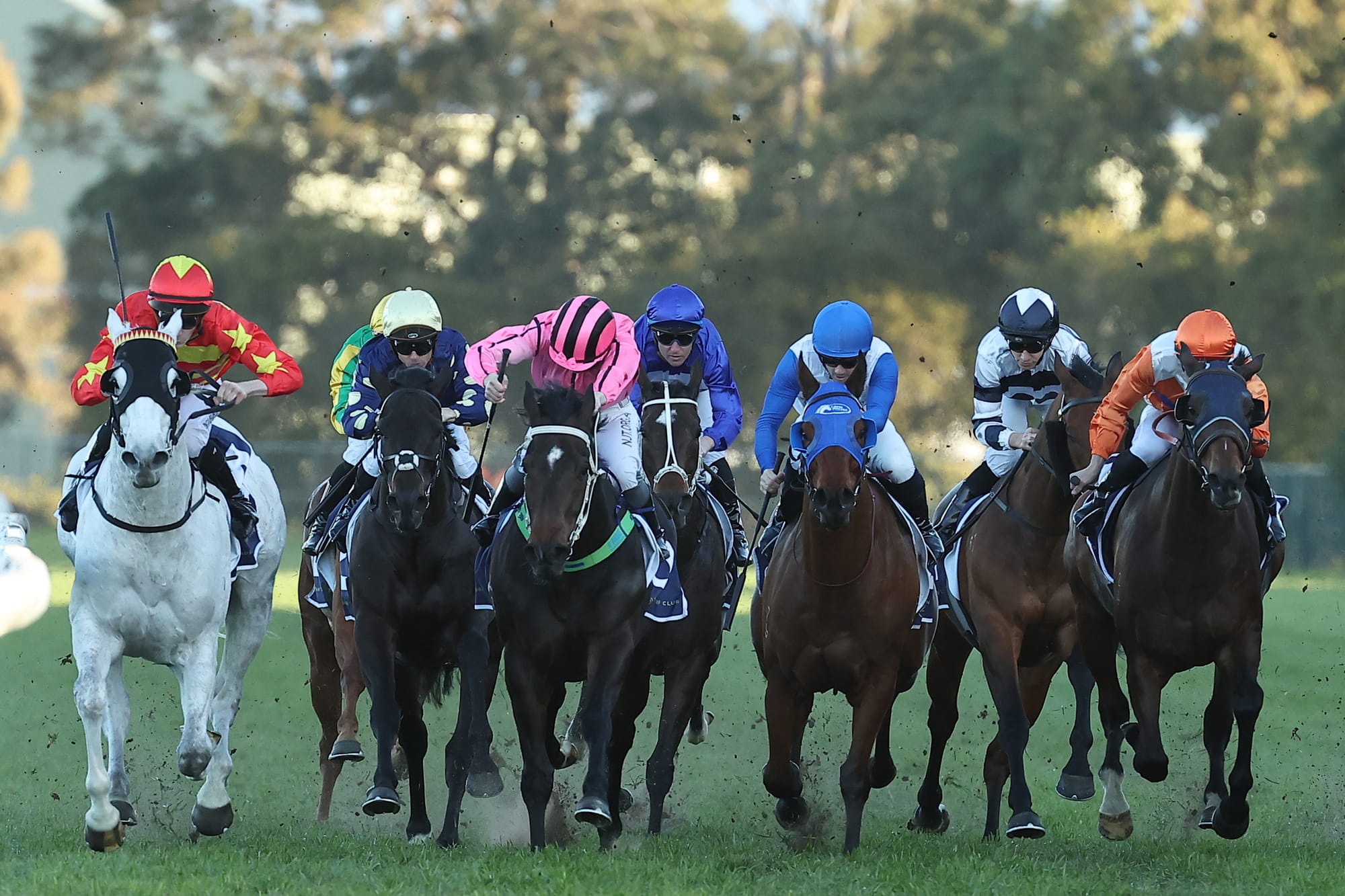
In a draft release of an updated strategic plan on Monday, Racing NSW says owners bear the burden of high costs caused by inflation and industry supply and demand issues.
The regulator has also promised to address concerns about a contraction in the NSW breeding industry.
Its release comes as an inquiry into the proposed sale of Rosehill was told of industry frustration over the delay in an updated strategic plan.
Until Monday’s publication of a draft, there had been no reshaping of the NSW racing’s future via a strategic plan since 2019.
Inquiry committee member and independent MP Mark Latham and well-known industry figure Jason Abrahams both questioned why Racing NSW had not released an upgraded vision for racing in NSW.
Under the NSW Thoroughbred Racing Act, Racing NSW is required to update its strategic plan every three years.
The Act says Racing NSW must consult with its Racing Industry Consultation Group (RICG) and other stakeholders to prepare an updated version for the “initiation, development and implementation of policies for the promotion, strategic development and welfare of the horse racing industry”.
Progress reports on Racing NSW business and strategic plans must be included in the organisation’s annual reports.
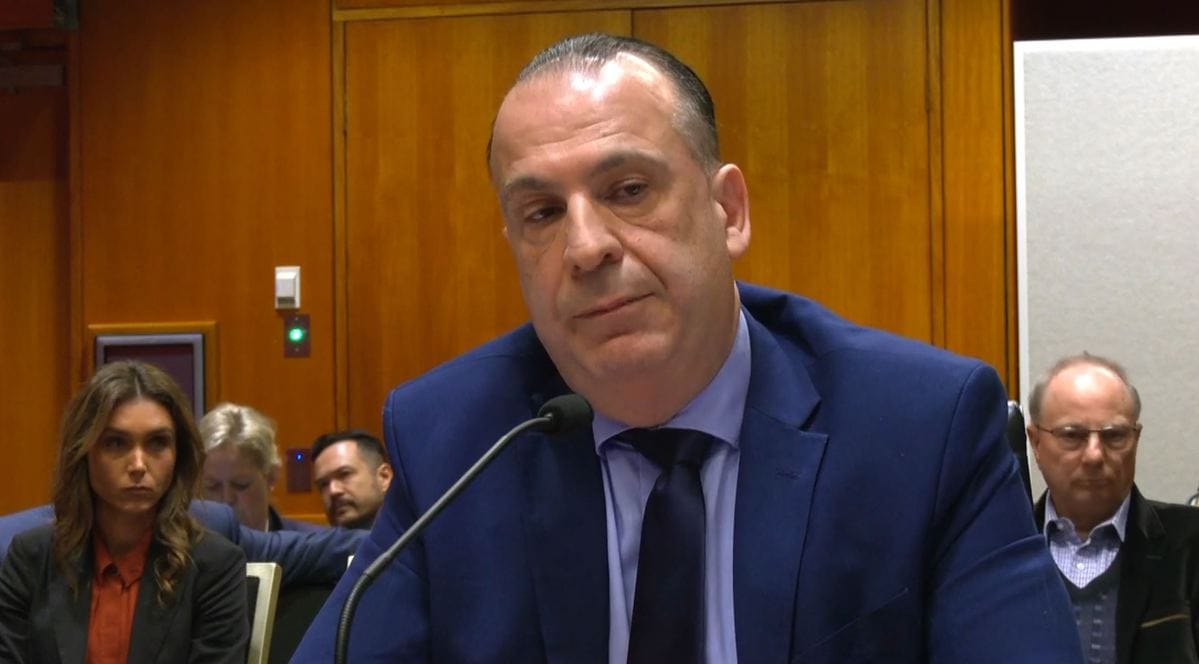
With owners in NSW losing $273 million annually, Racing NSW says offsetting costs is critical to making this industry sector more accessible and affordable.
“The growth in returns to owners also needs to be accompanied with a strategy to increase participation in racehorse ownership,” the document read.
“Racing NSW will work with industry groups, race clubs and other partners to identify ways to continue to grow the number of racehorse owners in NSW, in particular amongst the younger demographic.
“One of the most common items of feedback received from owners and trainers is that the costs to train a horse are getting too high.
“There are costs that are unreasonable and the industry needs to become more efficient to reduce these costs of ownership.
“Defraying costs to owners through prizemoney is essential, but reducing unreasonable costs and increasing efficiencies in the first place is just as important.”
According to figures presented in the document, it costs more than $70,000 annually to own a racehorse that is trained out of a metropolitan stable.
“Defraying costs to owners through prizemoney is essential, but reducing unreasonable costs and increasing efficiencies in the first place is just as important.”
Pressure points in the NSW breeding industry are also a major concern, highlighted by the decreasing number of foals bred, a shift that is in line with a national trend.
Racing NSW says this has been exacerbated by the industry's loss of small-scale to medium-sized breeders.
“Success in breeding has become progressively concentrated, with the activity of breeding horses becoming more financially marginal for many small-medium breeders,” the document said.
“Creating appropriate incentives for the breeding of horses in NSW remains a matter of strategic importance to ensure that the racing industry has a reliable and sustainable source of racing stock.
“Various breeding incentives will be investigated and analysed in consultation with mare and stallion owners to identify those incentives that are the correct ones to encourage breeding in NSW.”
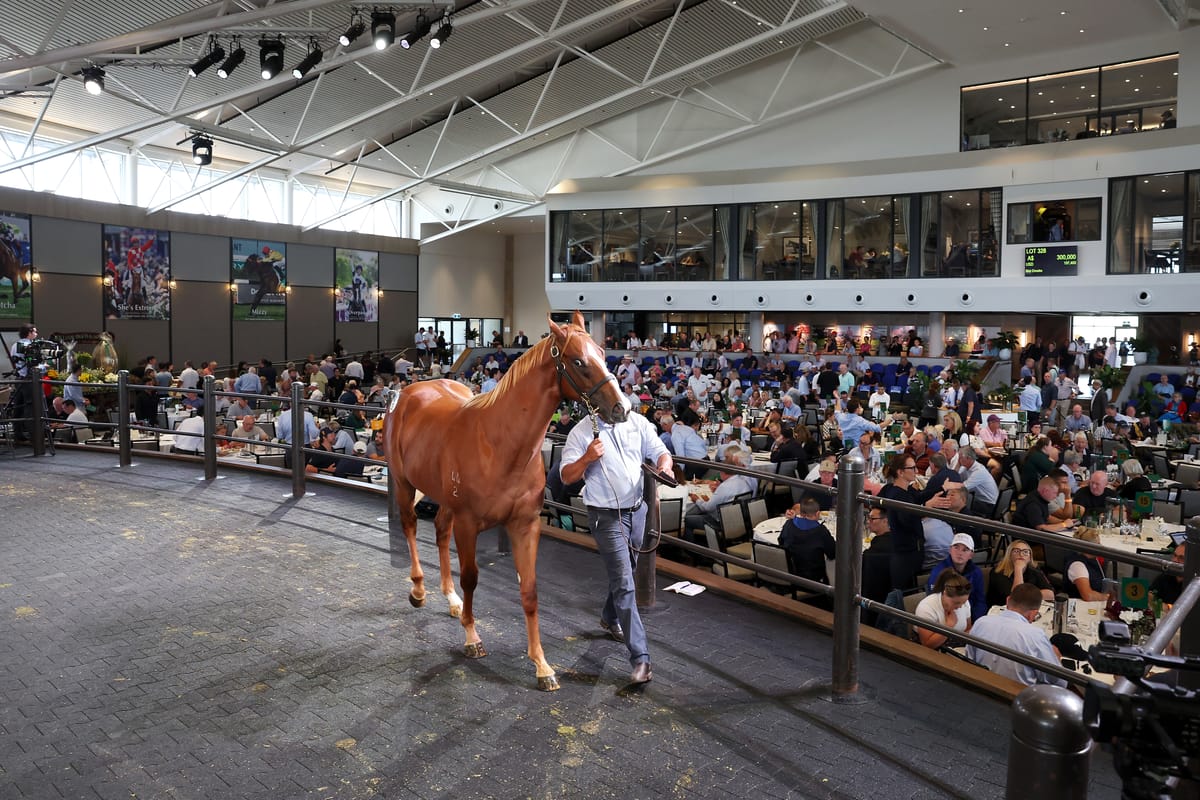
Other key elements of the document include:
- growing engagement in racing through all demographics
- building the industry’s workforce through the establishment of an industry training academy and selling the attractiveness of a career in racing
- future-proofing the industry through a strong balance sheet
- developing racing’s infrastructure
- strengthening the integrity of racing through continued investment in technology and in world’s best-practice drug testing
Meanwhile, a plan to establish a “Newmarket-style” training precinct remains on the table.
The centre, earmarked for proximity to Sydney, will be big enough to cater for 1000 horses in work.
Trainers are expected to acquire their own parcels of land to create an asset base for their business.
“Importantly, this new facility will be developed with state-of-the-art training infrastructure that will provide an industry-leading, efficient and effective centre for training,” the report read.
“Naturally, the identification and procurement of the ideal site is paramount to ensure that it serves the long-term needs of the industry.”
With the strategic plan released for consultation, industry submissions will close on September 13.
The full document is available on the Racing NSW website.
